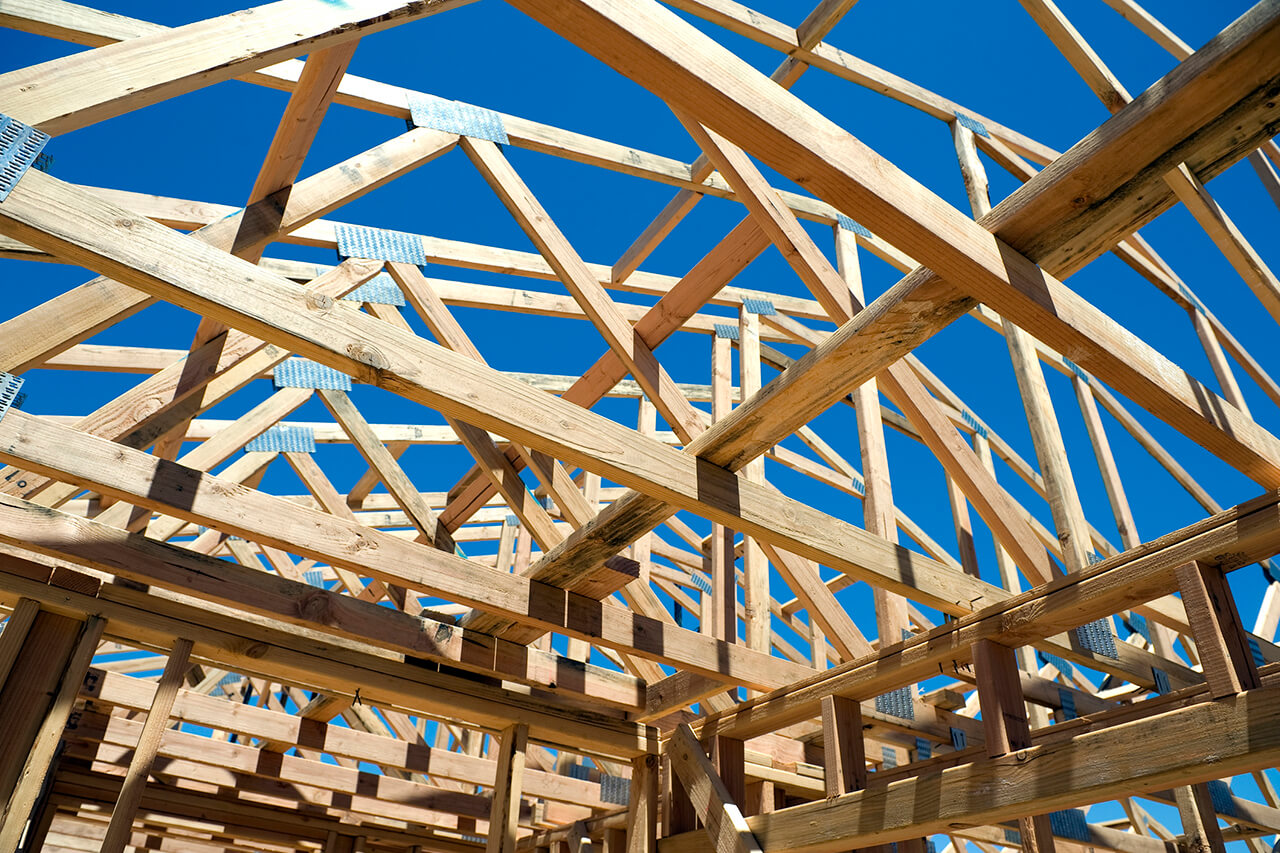How Much Does a Slate Roof Cost to Install in 2025?
Installing a slate roof costs an average of $13,348


An average slate roof costs between $4,389 and $22,377 with an average of $13,348.
Key cost factors include roof size, slate type, and structural needs.
Depending on the type of slate you choose, material costs range from $10 to $30 per square foot.
Labor accounts for 40% to 50% of the project’s total.
Completing this project delivers energy efficiency and boosts property value.
This article was updated using automation technology and thoroughly reviewed for accuracy by HomeAdvisor Editor Ryan Noonan.
On average, most homeowners pay between $4,389 and $22,377 in slate roof costs, with an average price of $13,348. Your total hinges on factors like roof size, slate type, and regional labor rates. Plan ahead and partner with an experienced roofer to lock in decades of reliable, high-end protection.
Slate Roof Cost Factors
Roof slope, pitch, square footage, and slate grade drive most of the cost, while any structural reinforcements needed to handle slate’s weight add to the bottom line.
Type
Real slate roofs cost between $10 and $30 per square foot to purchase and install. The cost per square foot depends on the type of slate you choose.
| Slate Type | Average Cost per Sq. Ft. |
|---|---|
| Bituminous | $10–$15 |
| Concrete | $10–$20 |
| Metal | $15–$25 |
| Natural | $20–$30 |
| Synthetic | $10–$15 |
Natural Slate
Natural slate tiles cost $20 to $30 per square foot. Harvested from the earth, they are a premium product in limited supply. They also come in different categories—hard and soft—and in several colors, shapes, and sizes.
Labor
Labor accounts for 40% to 50% of the total, or $1,800 to $10,900, with rates climbing in high-cost-of-living areas or complex rooflines.
Installing natural slate is labor-intensive and requires specialized knowledge and experience. It can take 10 to 12 hours to install one square (100 square feet) of natural slate.
Removal and Disposal
Removing your existing roofing material costs between $1,000 and $5,000, depending on the type and material. Disposal fees vary by location, so ask your contractor to itemize them in the quote. You might also consider renting a dumpster yourself for $300 to $480, or you can have your pro handle the disposal for you.
Additional Materials
Slate is heavy, so plan for potential structural reinforcement—often an extra $1,000 to $10,000—that your contractor should spell out in the bid. Your contractor will include these costs in your quote. Key steps and materials include:
Bituminous membrane
Weather shield
Copper flashings and nails
Structural reinforcement
Sheathing
Repair vs. Replace a Slate Roof
Deciding whether to repair or replace comes down to age, damage level, and long-term value. However, if your slate roof is older and showing widespread issues, or if the cost of ongoing roof repairs is adding up, replacing the roof is a better option in the long run. While replacing a slate roof is a significant investment at $13,348, it ensures the structural integrity and longevity of your home.
Does a Slate Roof Increase Home Value?
Because a slate roof can last between 100 and 200 years, many home buyers will pay a premium over a house with an asphalt roof, especially if it was professionally installed and is under warranty. On average, you’ll see a 60% to 70% return on investment (ROI) when installing a slate roof.
DIY Slate Roof Installation vs. Hiring a Pro
Slate installation is a specialty job—one best left to a roofer who works with slate every day. The material is heavy, fragile, and slow to install, and a misstep can lead to leaks or cracked tiles. Even seasoned pros can spend several months on large, intricate roofs, so a DIY attempt often drags on and drives up material waste.
Even among roofers, slate installation is a specialized skill. Carefully interview and select a local slate roof installer with a proven track record. Always get quotes from at least three professionals, check their ratings, and thoroughly review their past work. Contact a local slate roofing pro to start your project. Bringing in a slate-certified roofer all but guarantees the job is done right the first time.
How HomeAdvisor Gets Its Cost Data
No place is more important than your home, which is why HomeAdvisor connects homeowners with local pros to transform their houses into homes they love. To help homeowners prepare for their next project, HomeAdvisor provides readers with accurate cost data and follows strict editorial guidelines. After a project is complete, we survey real customers about the costs to develop the pricing data you see, so you can make the best decisions for you and your home. We pair this data with research from reputable sources, including the U.S. Bureau of Labor Statistics, academic journals, market studies, and interviews with industry experts—all to ensure our prices reflect real-world projects.




- Roofing Installation & Roof Repair
- Traditional Tile Roofing - Install or Replace
- Flat, Foam, or Single Ply Roofing - Install or Replace
- Metal Roofing - Install or Replace
- Asphalt Shingle Roofing - Install or Replace
- Wood Shake or Composite Roofing - Repair
- Heating Cable for Roof - Install
- Natural Slate Roofing - Repair
- Sealant for Roof - Apply
- Wood Shake or Composite Roofing - Install or Replace
- Flat, Foam or Single Ply Roofing - Repair
- Traditional Tile Roofing - Repair
- Asphalt Shingle Roofing - Repair




